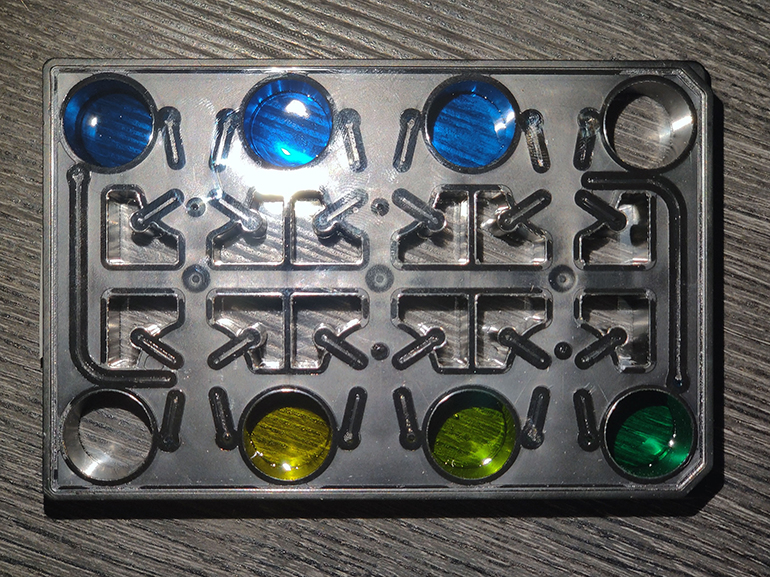Researchers at Northwestern University have developed a sophisticated microfluidic system that incorporates tissue from up to eight different organ systems. The technology is unprecedented in allowing researchers to study complex interactions between different organs during disease. Moreover, it also allows for more comprehensive drug testing that investigates the effects of drug candidates on multiple organ systems at once. Called Lattice, the system is a significant advancement over pre-existing in vitro systems, which typically only allow researchers to study two organ tissues at once. The entire system fits into a space the size of a child’s shoebox, and can be connected to a computer to control how nutrient-rich media flows into and out of each organ system.
Microfluidic systems have precipitated a paradigm shift in how we can explore physiological and pathological phenomena. These devices represent an efficient and sophisticated method to emulate complex organ systems, and are highly miniaturized, significantly reducing the amount of cells, extra equipment and expensive reagents that are required for such research. They beat traditional in vitro equipment, such as large well plates and Petri dishes, into the ground on many fronts. Now, a new system can emulate up to eight organ systems, and track their interactions.
“When something’s happening in the body, we don’t know exactly who’s talking to whom,” said Julie Kim, a researcher involved in the study. “Currently, scientists use dishes that have one or two cell types, and then do in-depth research and analysis, but Lattice provides a huge advancement. This platform is much better suited to mimic what’s happening in the body, because it can simulate so many organs at once.”
The organ tissue samples are housed in small wells, with microfluidic channels joining them. The researchers can control the flow of nutrient-rich media to each well using a computer, allowing them unprecedented control over diseased modelling. So far, the researchers have used the device to study polycystic ovarian syndrome (PCOS).
“What we can do with Lattice is start manipulating and controlling which organ is driving the disease,” said Kim. “So, in one experiment, we might start with a PCOS ovary to see how it impacts the liver or muscles. Another experiment might examine if it is the high insulin associated with the disease that’s driving the different organ systems to behave erratically. We can control the tissues and order them in specific ways.”
See a Northwestern video about the technology:
Study in journal Lab on a Chip: A New Tissue-Agnostic Microfluidic Device to model physiology and disease: The Lattice Platform

